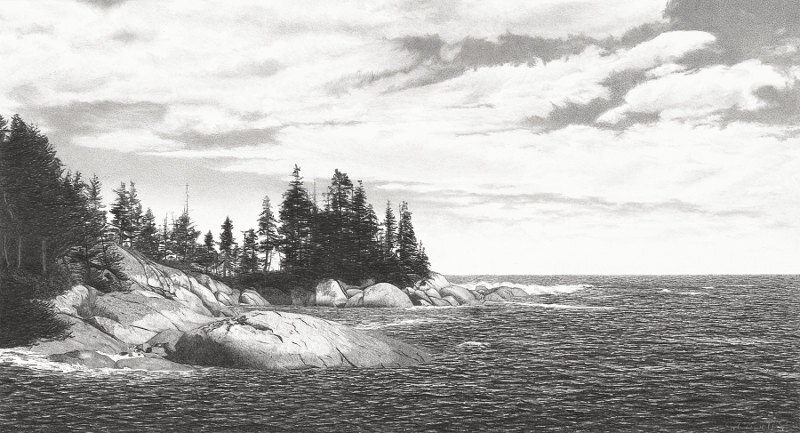Linda and I recently renewed our lease here at the lighthouse for another year and are looking forward to making more memories at this place perched on the precipice of the sea. As I have written about before, this special site simply feeds our souls in an indescribable manner and we are in no hurry to vacate it. Admittedly, the latest wind storm that pounded the point and knocked out our power yet again gave us pause, not to mention my close encounter with a downed power line, but I digress.
The poet W.H. Auden is credited with first coining the word “topophilia” (topo: place, philia: love of) to describe a strong emotional pull to a special place. Now scientific research, using cutting-edge brain imaging, suggests Auden was on to something. The research has found places that are intensely meaningful invoke a sense of calm, space to think, and a feeling of completeness.
According to the study commissioned by Great Britain’s National Trust, people experience intense feelings of wellbeing, contentment, and belonging from places that evoke positive memories far more than even treasured objects such as special photographs or wedding rings. As for Linda and I, while we treasure our photos and rings also, we do feel a powerful draw to dwell in unique locales, particularly here on the New England coast.
“The need of quiet, the need of air…and the sight of sky and of things growing, seem human needs, common to all,” said Octavia Hill, founder of the National Trust. “We all need space; unless we have it we cannot reach that sense of quiet in which whispers of better things come to us gently...places to sit in, places to play in, places to stroll in, and places to spend a day in.”
As I ruminate on the power of place I cannot help being reminded of one of my favorite psalms: “Trust in the Lord, and do good; Dwell in the land, and feed on His faithfulness. Delight yourself also in the Lord, And He shall give you the desires of your heart” (emphases added). And I must admit that until this morning I had not even identified the scriptural connection between place, as noted by “dwell in the land,” and pleasure, as noted by “desires of your heart.” But it has been a pronounced part of our journey together.
The image above of a nearby island is by local artist Susan Cooney, who I had the pleasure of meeting and who stated, “I focus on the Maine coast because I feel intimately connected to it. For many years I lived on the water in a small sailboat. The boat allowed me to study this coastal view during various times of the day and tidal cycles, year round. Water has had a major influence on my life and is the daily inspiration for my art.”
I cannot count the times that Linda and I have heard visitors here to Marshall Point call it one of their very favorite places, some literally calling it their “happy place.” So, we feel very fortunate to call it home for yet another year. If you are so inclined, I welcome you to visit our fair corner of the world virtually at www.marshallpoint.org and enjoy our sunsets via the webcam. And wherever you call home, I hope it is a special place for you also.



